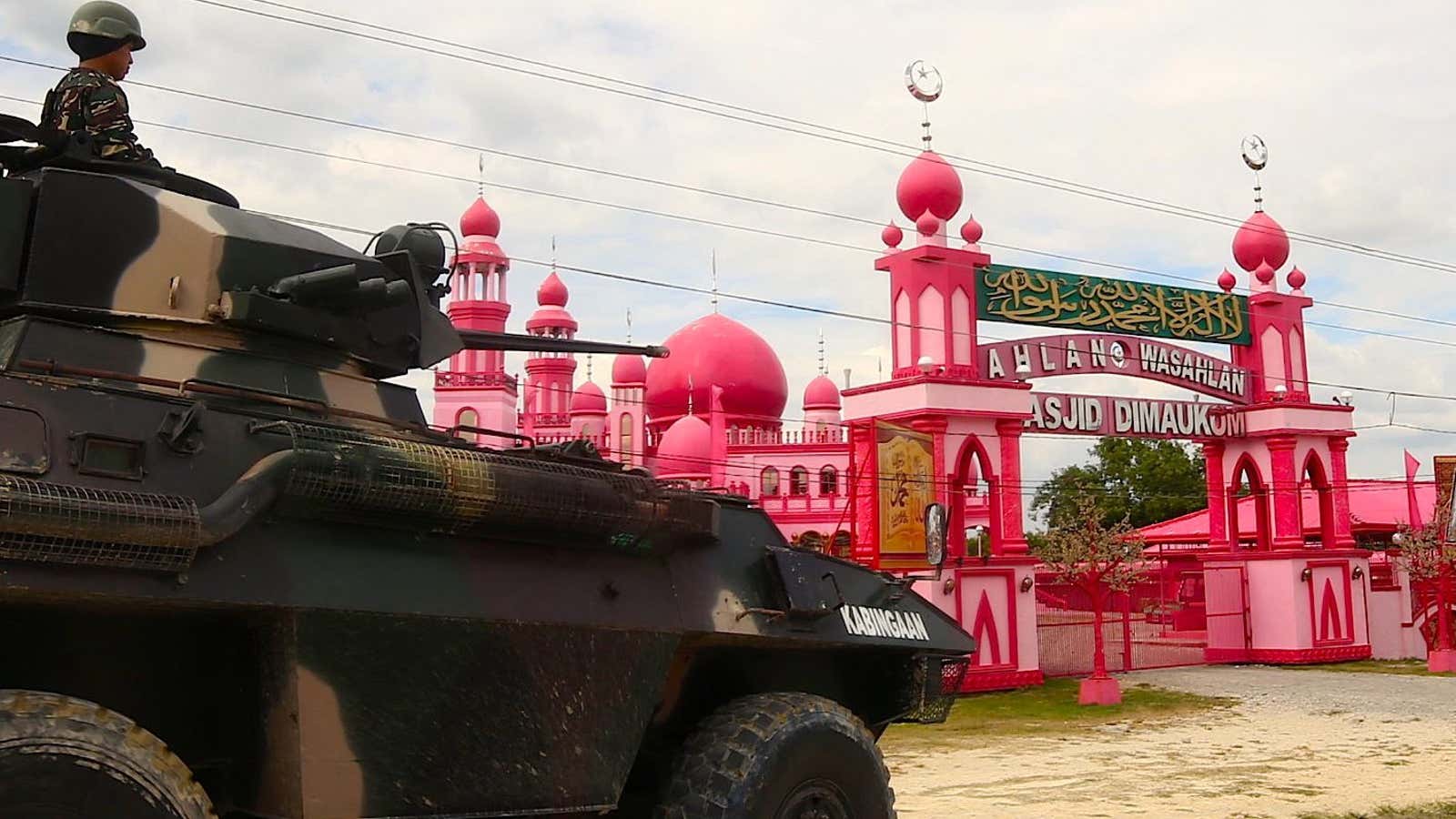Philippine president Rodrigo Duterte’s war on drugs, which involves controversial extrajudicial killings, has claimed its first high-profile victim, in the southern province of Maguindanao.
Samsudin Dimaukom, the elected mayor of Datu Saudi-Ampatuan, was gunned down this morning along with other people in his convoy during a clash with police at a checkpoint. The police had reportedly received a tip that Dimaukom’s group was scheduled to deliver a significant amount of methamphetamine to the province.
Meth, colloquially known as shabu in the Philippines, is cheap and easily accessible for poor Filipinos. The drug is the focus of the government’s crackdown on drugs because of its widespread use.
Duterte, the former mayor of Davao City, won the presidential election in May on a platform of pledging to rid the Philippines of its drug problem. Though welcomed by many in the country, his approach, which involves killing thousands of people outside of the law, has drawn criticism from Western nations and activist groups in the Philippines. Children and innocent people have also been killed in the campaign, but he has called them “collateral damage” and said, “If it involves human rights, I don’t give a shit.”
Dimaukom and his wife were part of Duterte’s ”narco list,” which includes names of officials purportedly linked to the illegal drug trade. They surrendered themselves in August for fear of being targeted, but denied the drug allegations.
Known in Maguindanao as “Mayor Pink,” Dimaukom had a bright pink mosque built on one of his properties. He said he chose the color because it’s “the color of love and peace,” and the mosque was built by Muslims and Christians as a sign of unity.
Maguindanao, situated on the island of Mindanao, has been racked by a long-running Muslim insurgency. Maguindanao was also the site of the Ampatuan Massacre of 2009, in which 58 people, including 32 journalists, were killed.
